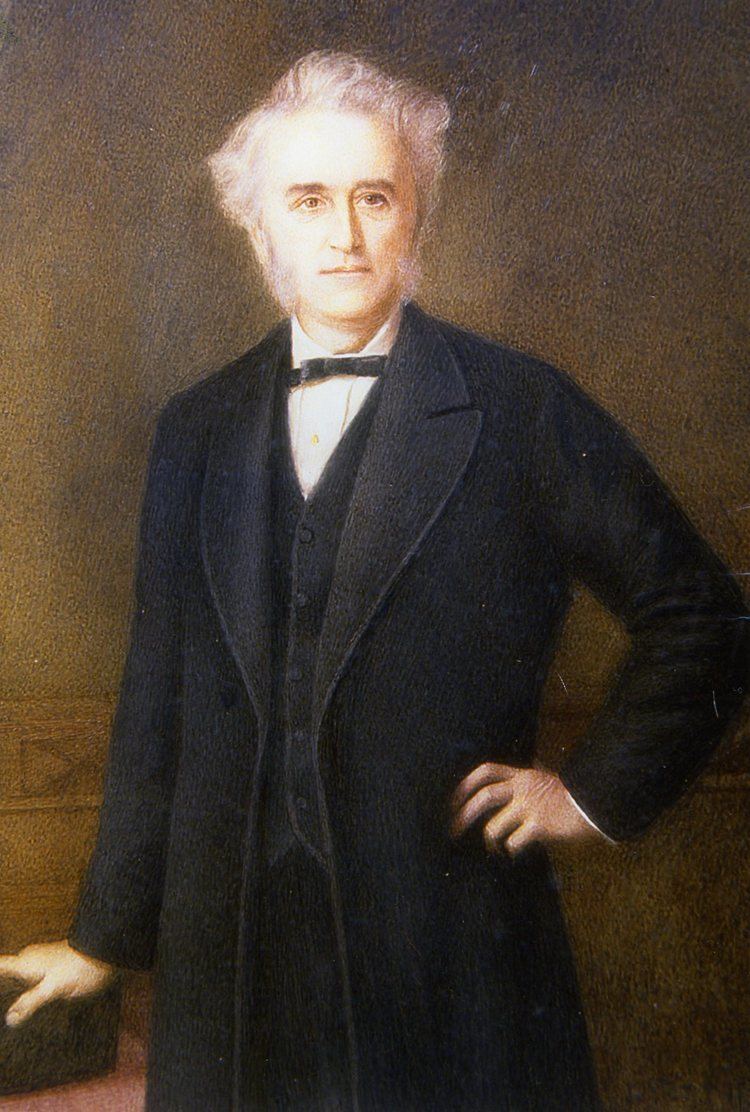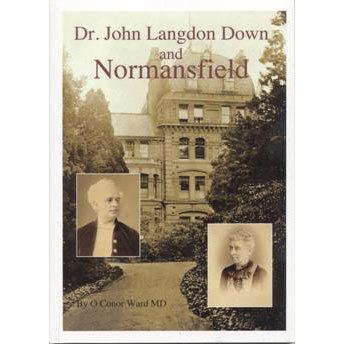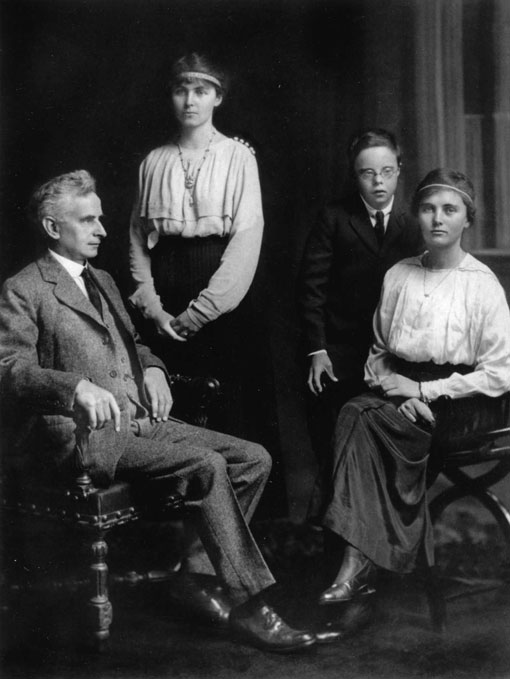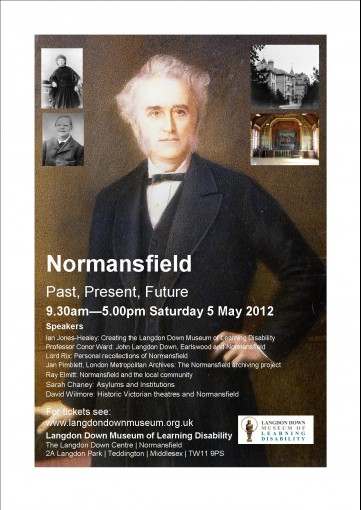Nationality British Occupation Medical doctor | Name John Down Role Physician | |
 | ||
Full Name John Langdon Haydon Down Children Percival Down, Reginald Down Similar Michael Faraday, William John Little, Richard Watson Dickson | ||
The unveiling of the john langdon down plaque torpoint july 2013
John Langdon Haydon Down, DS (18 November 1828 – 7 October 1896), was a British physician best known for his description of a relatively common genetic disorder, now known as Down syndrome, which he originally classified in 1862.
Contents
- The unveiling of the john langdon down plaque torpoint july 2013
- Langdon Down The Legacy
- Early life
- Early career
- Legacy
- References

Langdon Down, The Legacy
Early life
Down was born in Torpoint, Cornwall. His father was originally from Derry in Northern Ireland, and his mother, Hannah Haydon, from North Devon. His father was descended from an Irish family, his great-great grandfather having been the Catholic Bishop of Derry. His sister's daughters eventually married into the Adrian, Darwin, and Keynes families. John Down went to local schools including the Devonport Classical and Mathematical School. At 14 he was apprenticed to his father, the village apothecary at Anthony St Jacob's. The vicar gave him a present of Arnott's Physics which made him determined to take up a scientific career. At the age of 18, he went to London where he got a post working for a surgeon in the Whitechapel Road where he had to bleed patients, extract teeth, wash bottles and dispense drugs. Later he entered the pharmaceutical laboratory in Bloomsbury Square and won the prize for organic chemistry. He also met Michael Faraday and helped him with his work on gases. More than once he was called back to Torpoint to help his father in the business until he died in 1853. Down would have liked a career in science but in those days there were few prospects for a career in chemistry.
Early career

Instead, he decided to take up medicine, entering the Royal London Hospital as a student in 1853. There he had a career distinguished by honours and gold medals and he qualified in 1856 at the Apothecaries Hall and the Royal College of Surgeons. In 1858, he was appointed Medical Superintendent of the Earlswood Asylum for Idiots in Surrey. People were astonished that he should wish to pursue a career working in the neglected and despised field of idiocy. He had been one of the outstanding students of his time with every prospect of election to the staff of the London Hospital. He had been enthusiastic about hearing of an experimental school in Switzerland but on visiting it found the inmates neglected and the Patron of the school living it up in the West End of London.
Legacy

He decided to transform Earlswood, a large institution which had its origins in two pioneering institutions set up in Highgate and Colchester, while he took his MB in London, won the Gold Medal in physiology and took his MRCP and MD degrees. He was elected Assistant Physician to the London Hospital and continued to live at Earlswood and practice there and in London. John Langdon Down was quite liberal and advanced for a Victorian gentleman. He vigorously defended the higher education of women and denied that it made them more liable to produce feeble-minded offspring.

In 1866, he wrote a paper entitled "Observations on an Ethnic Classification of Idiots" in which he put forward the theory that it was possible to classify different types of conditions by ethnic characteristics. He listed several types including the Malay, Caucasian and Ethiopian types. In the main the paper is about what is known as Down syndrome, named after him, but which he classified as the Mongolian type of idiot. As a result, Down syndrome was also known as "Mongolism" and people with Down syndrome referred to as "Mongoloids". Down's paper also argued that if mere disease is able to break down racial barriers to the point of causing the facial features of the offspring of whites resemble those another race, then racial differences must be the result of variation, affirming therefore the unity of the human species. Down used this reasoning to argue against a tendency he perceived in his day to regard different races as separate species.

In 1868, John Down set up his own private home for the "mentally subnormal" at Normansfield, between Hampton Wick and Teddington. His sons, Reginald and Percival, both qualified in medicine at the London Hospital, joined their father and became responsible for it after his death in 1896. Reginald was particularly interested in "Mongolian defectives" and noticed characteristics of their palmar lines. He also questioned whether the characteristics were too superficial for them to be seen as Mongolian and suggested that it might be an instance of "variation". It is not known whether he was aware of the pioneering work on chromosomes being done by his contemporary, August Weismann.
The building at Normansfield is grade II* listed and is now known as the Langdon Down Centre. It accommodates the headquarters of the Down's Syndrome Association, and the elaborate Victorian theatre is made available for functions.
The newest part of his hometown, Torpoint, had a street named in his honour, Langdon Down Way.
